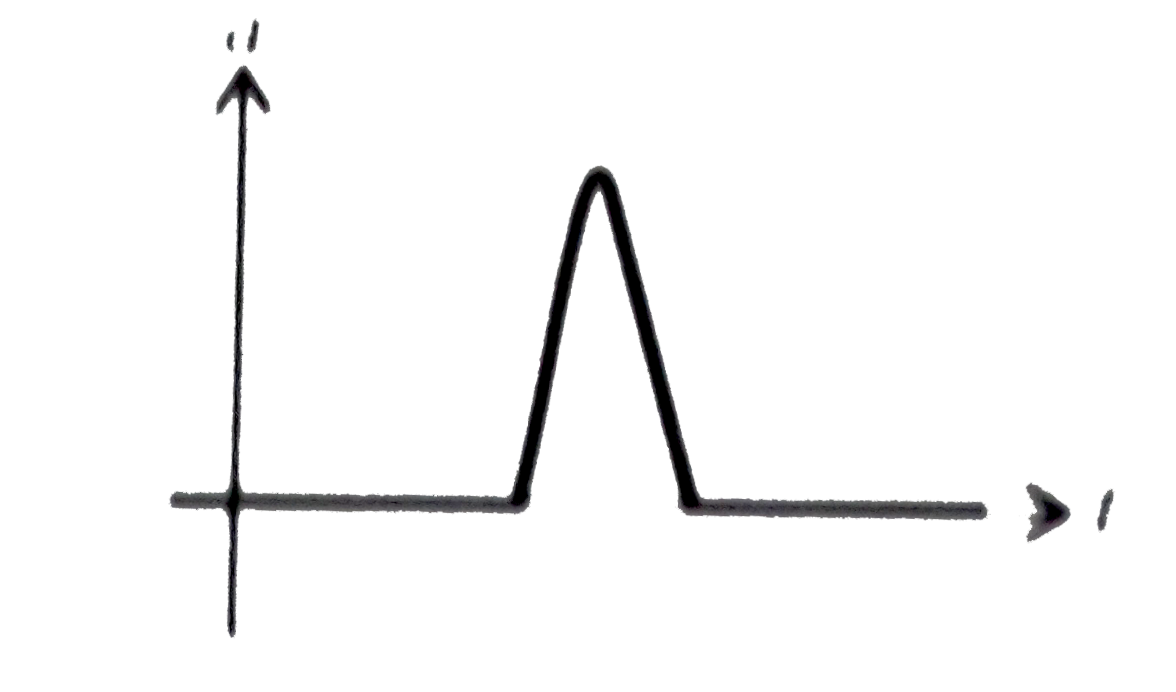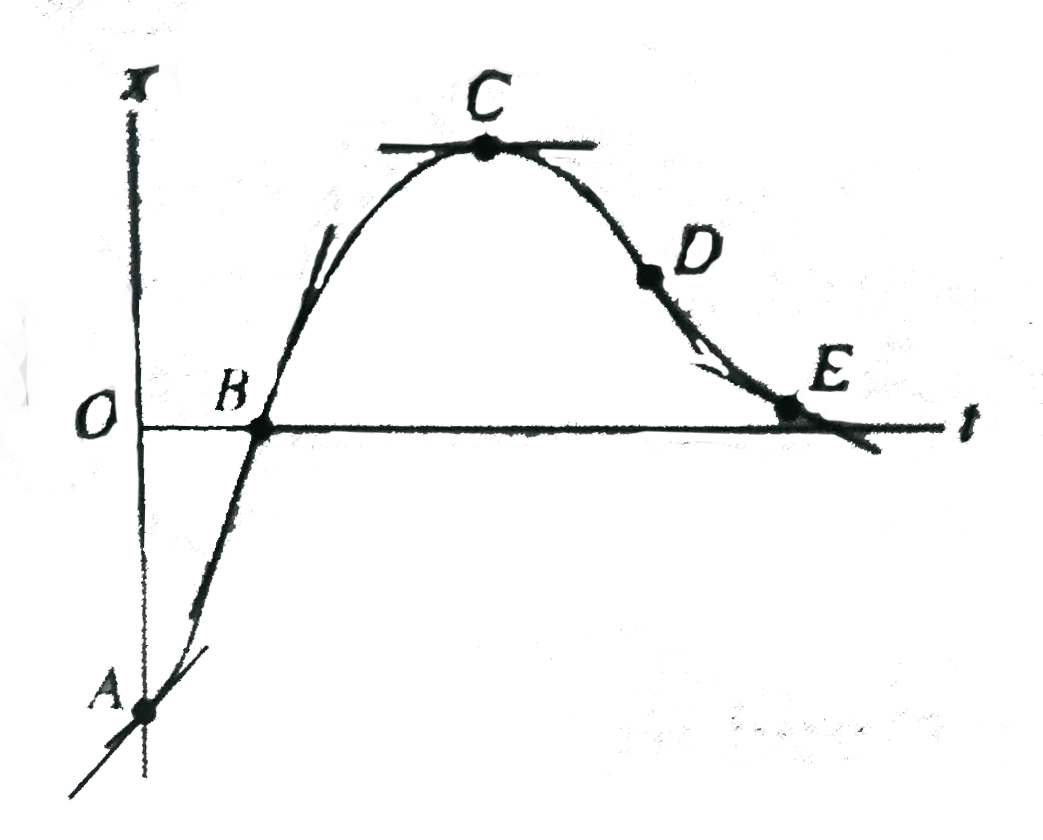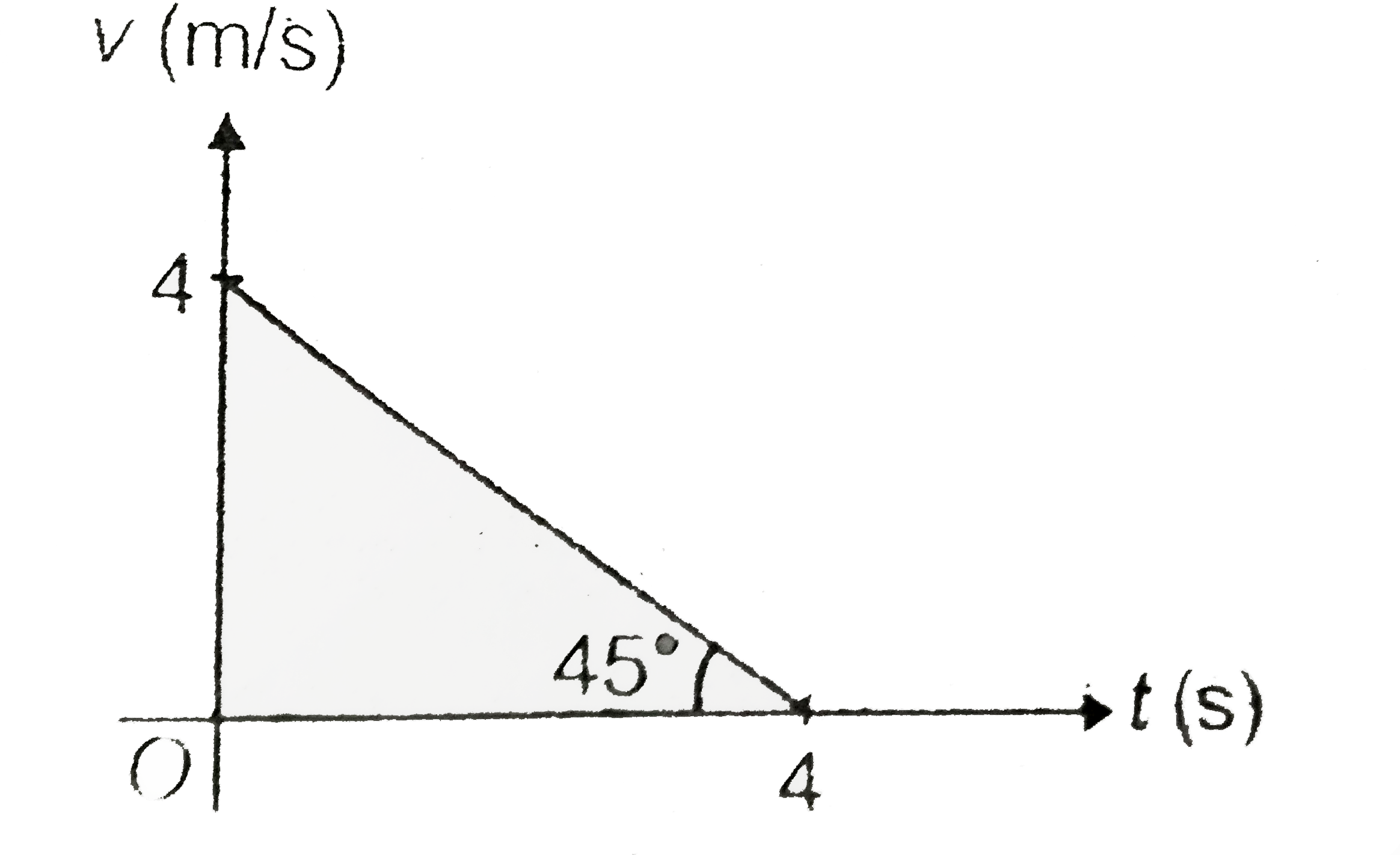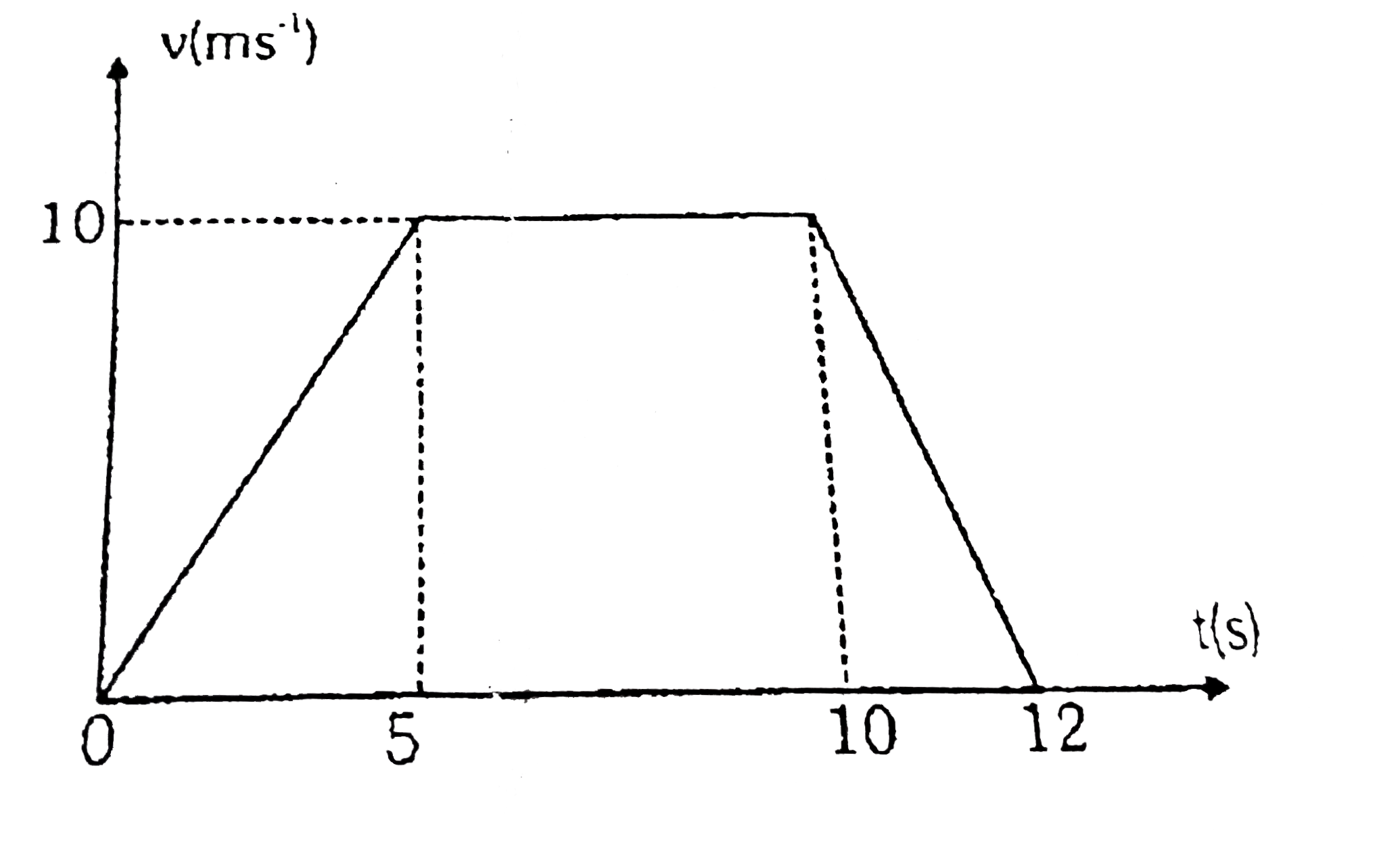The area under acceleration-time graph gives
Distance travelled
Change in acceleration
Force acting
Change in velocity
The correct Answer is:D
To solve the question regarding what the area under the acceleration-time graph represents, we can follow these steps:
Step 1: Understand the Axes of the Graph
The acceleration-time graph has acceleration (a) on the y-axis and time (t) on the x-axis.
Step 2: Recall the Relationship Between Acceleration and Velocity
Acceleration is defined as the rate of change of velocity with respect to time. Mathematically, this can be expressed as:
a=dvdt
where v is velocity.
Step 3: Determine the Area Under the Graph
The area under the acceleration-time graph can be calculated using the formula for the area of a shape (like rectangles or triangles) depending on the graph's shape. This area represents the change in velocity over the time interval considered.
Step 4: Relate Change in Velocity to Final and Initial Velocity
From the area under the acceleration-time graph, we can express the change in velocity (Δv):
Δv=vf−vi=Area
where vf is the final velocity and vi is the initial velocity.
Step 5: Conclusion
Thus, the area under the acceleration-time graph gives the change in velocity of the object over the time interval considered.
Final Answer
The area under the acceleration-time graph gives the change in velocity.
---
The acceleration-time graph has acceleration (a) on the y-axis and time (t) on the x-axis.
Acceleration is defined as the rate of change of velocity with respect to time. Mathematically, this can be expressed as:
a=dvdt
where v is velocity.
The area under the acceleration-time graph can be calculated using the formula for the area of a shape (like rectangles or triangles) depending on the graph's shape. This area represents the change in velocity over the time interval considered.
From the area under the acceleration-time graph, we can express the change in velocity (Δv):
Δv=vf−vi=Area
where vf is the final velocity and vi is the initial velocity.
Thus, the area under the acceleration-time graph gives the change in velocity of the object over the time interval considered.
The area under the acceleration-time graph gives the change in velocity.
Topper's Solved these Questions
- MOTION IN A STRAIGHT LINE BOOK - AAKASH SERIESCHAPTER - MOTION IN A STRAIGHT LINE EXERCISE - EXERCISE -II
80 Videos
- MOTION IN A STRAIGHT LINE BOOK - AAKASH SERIESCHAPTER - MOTION IN A STRAIGHT LINE EXERCISE - PRACTICE EXERCISE
58 Videos
- MOTION IN A STRAIGHT LINE BOOK - AAKASH SERIESCHAPTER - MOTION IN A STRAIGHT LINE EXERCISE - very Short answer type question
15 Videos
- MOTION IN A PLANEBOOK - AAKASH SERIESCHAPTER - MOTION IN A PLANEEXERCISE - QUESTION FOR DESCRIPTIVE ANSWER
7 Videos
- MOVING CHARGES AND MAGNETISMBOOK - AAKASH SERIESCHAPTER - MOVING CHARGES AND MAGNETISMEXERCISE - EXERCISE-III
49 Videos
Similar Questions
Knowledge Check
Assertion : For a particle, acceleration-time graph gives the velocity.
Reason : Rate of change of velocity is acceleration.AIf both assertion and reason are trure and reason is the correct explanation of assertion.BIf both assertion and reason are true but reason is not the correct explanations of assertion.CIf assertion is true but reason is false.DIf both assertion and reason is falseThe given acceleration-time graph represents which of the following physical situation?
 AA cricket ball moving with a uniform speed is hit with a bat for a very short time interval.BA ball is falling freely from the top of a tower.CA car moving with constant velocity on a straight road.DA football is kicked into the air vertically upwards.
AA cricket ball moving with a uniform speed is hit with a bat for a very short time interval.BA ball is falling freely from the top of a tower.CA car moving with constant velocity on a straight road.DA football is kicked into the air vertically upwards.
The uniform motion in the following acceleration-time graph is

View SolutionWhich of the following graph for a body moving along a straight line is possible ?
View SolutionConsiedr the following x−t garaph to be parabolic. Draw the velocity-time graph and acceleration-time graph analyze the motion of the particle regarding its velocity and acceleration.
 .
.
View Solution(A):Displacement of a body is the signed sum of the area under velocity-time graph.
(R ):Displacement is a vector quantity.
View SolutionThe velocity-time graph is given below

Draw the acceleration-time graph and position-time graph, given that at t = 0, particle is at origin.
View SolutionDraw the acceleration-time graphs for the given velocity-time graphs of a particle moving along x-axis.

View Solution

